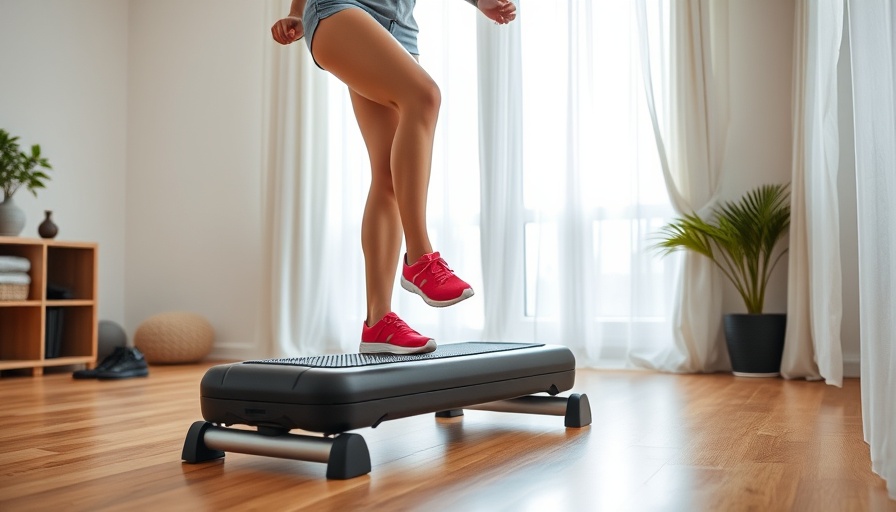
Unlocking Potential: The Importance of Upper Body Strength Training for Runners
Throughout the running community, it is often emphasized that leg strength is paramount for performance. However, upper body strength is just as critical, especially for those embracing the running lifestyle in the SDA faith community. In this article, we will discuss the three primary benefits of upper body strength training for runners, highlighting how these benefits not only improve running performance but also contribute to overall well-being.
In '3 Benefits of Upper Body Strength Training for Runners,' Tasha discusses the vital advantages of upper body workouts, sparking a deeper exploration of how these insights can enhance a runner's performance.
1. Posture Training: Your Foundation for Optimal Breathing
One of the primary advantages of upper body strength training is improved posture. Many runners overlook the significant role that the upper and middle back muscles play in maintaining an open chest, which is crucial for optimal breathing. When the muscles in the back are strengthened, they help to keep the shoulders back and the chest lifted. This posture allows for deeper and more effective breaths, enhancing overall oxygen intake during runs. Improved breathing efficiency is essential for sustaining energy and improving output over time, especially during longer distances.
2. Enhancing Form Endurance for Longevity in Running
As any runner knows, maintaining proper form over long distances can be challenging. Upper body strength training plays a pivotal role in developing form endurance, allowing runners to hold their arms in a bent position without excessive fatigue. Strengthening the smaller muscles of the upper body prepares these muscle groups for the increasing loads encountered in endurance running. The body operates as a kinetic chain; thus, if form breaks down in the upper body, it is likely to result in compensatory issues lower down, potentially leading to injuries. Therefore, incorporating upper body strength routines can help ensure that running form remains intact throughout a workout or race.
3. Efficient Arm Drive: Fueling Forward Propulsion
A well-executed arm drive is crucial for effective forward propulsion when running. Stronger upper body muscles contribute to a more efficient arm drive that works in tandem with lower body leg turnover. An efficient arm swing can greatly enhance running speed and reduce perceived effort, allowing runners to cover greater distances with less fatigue. This synchronization between the upper and lower body not only improves performance but also minimizes energy wastage, making every run more effective.
Building a Better Running Routine: Integrating Strength Training
Given the multiple benefits highlighted above, it is clear that upper body strength training should not be an afterthought for runners. Joining Tasha for a post-run upper body strength workout, as discussed in the video titled "3 Benefits of Upper Body Strength Training for Runners," can be an excellent way to incorporate this important aspect into your fitness routine. The combination of upper body workouts and mobility exercises can help you achieve a balanced approach to fitness, ensuring that every part of your body is prepared for the demands of running.
The Unique Value of Muscle Strengthening for Runners in the SDA Community
For members of the SDA faith community, the integration of physical fitness into one's life is an important aspect of holistic health. Acknowledging the physical body's role in spiritual and overall well-being, engaging in upper body strength training complements the journey of leading a healthy lifestyle. It resonates with the belief that maintaining fitness is part of our stewardship of the body and the environment. By focusing on all aspects of physical endurance, including upper body strength, we can be better equipped to serve our communities and participate in any sporting activity with stamina and grace.
Call to Action: Embrace a New Workout Routine
Take charge of your running journey by integrating upper body strength training into your fitness regime. Not only will you enhance your running performance, but you will also contribute to your overall health, aligning with the SDA teaching of caring for our bodies. Join Tasha’s workout and explore the benefits of strengthening not just your legs but also your upper body, ultimately benefiting your running journey!
 Add Row
Add Row  Add
Add 




Write A Comment